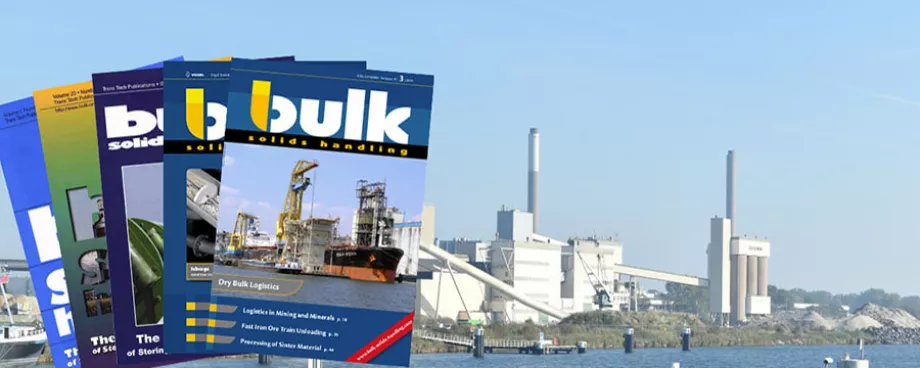When analyzing the various opencast mines it can be established that there exist only two basic types of mining systems, i.e., the discontinuous strip mining system as used in the USA (Fig. 1) and the continuous mining system as is commonly applied in Europe (Fig. 2). The reason why these two mining methods have been developed parallel to and independently of each other to such a high technical standard results from the varying geological conditions of the mineral deposits.
Whereas pay minerals such as coal, phosphate, bauxite, iron ore and copper ore are mined in the USA from relatively thick and horizontal seams with row to moderate overburden depths, the mineral deposits in Europe lie at much greater depths and usually not in homogeneous seams. Due to the very favourable overburden to coal ratio of 2: 1 in the USA. mining and haulage are possible by means of shovel excavators and draglines and heavy trucks whereas the considerably higher mass movement in European opencast mines, with an overburden to coal ratio of up to 10:1, can only be mastered by continuous haulage systems. In the meantime the conditions in the USA have also undergone a change to such an extend that it is no longer possible to uncover usable coal seams without removing increasing depths of overburden, while coal quality often deteriorates. Therefore several opencast mines in the USA are becoming deeper and the volume of material that has to be moved increases accordingly. Higher production rates are also a consequence of the substitution process of the expensive oil by coal.
During recent years the opencast mining scene in the USA has altered and the first steps towards continuous haulage have been made. The authors are of the opinion that this development will continue in the future due to the fact that governments not only the American government, have introduced environmental laws and regulations which require very high standards of reclamation of mined-out areas.
■




















